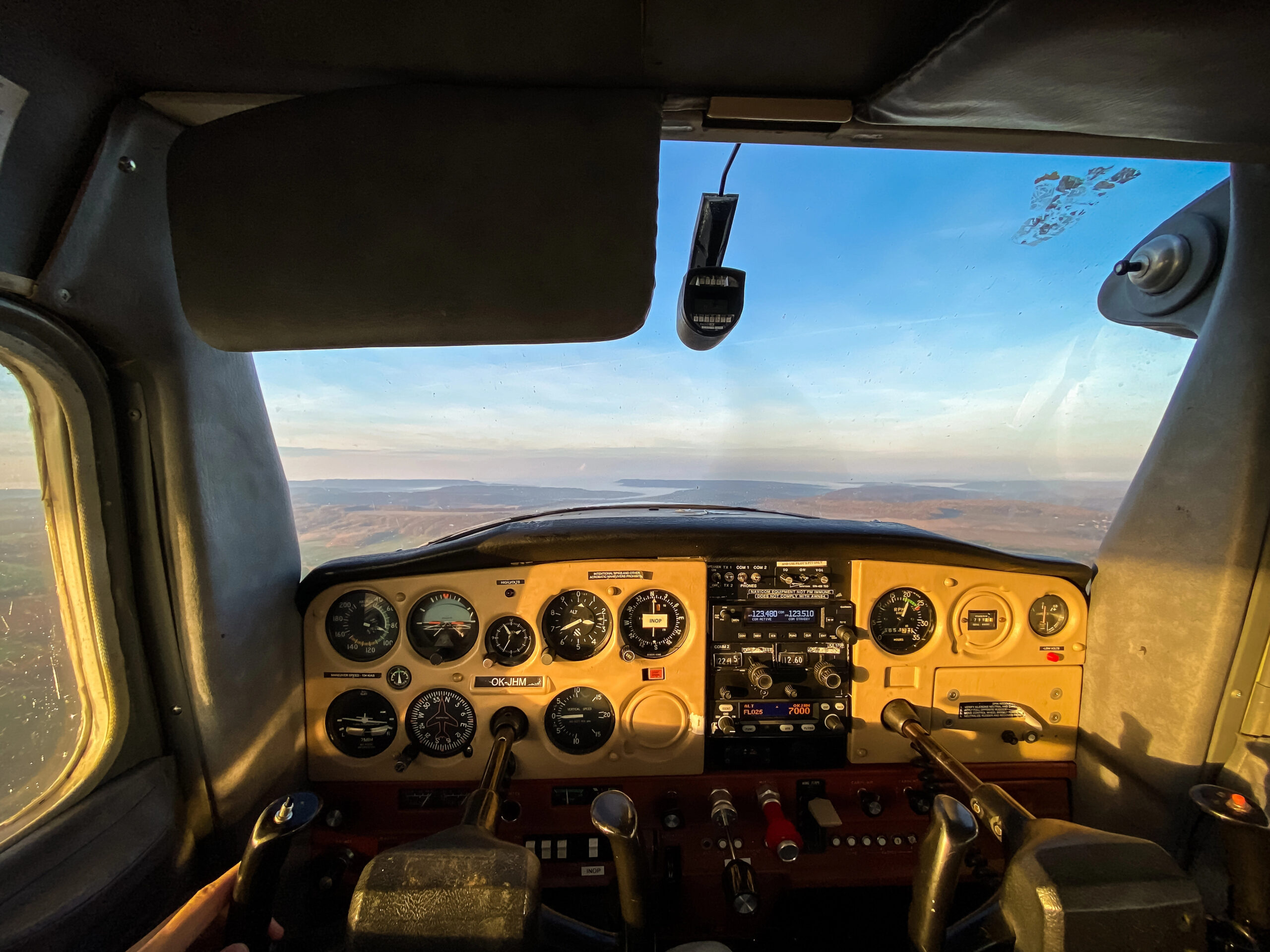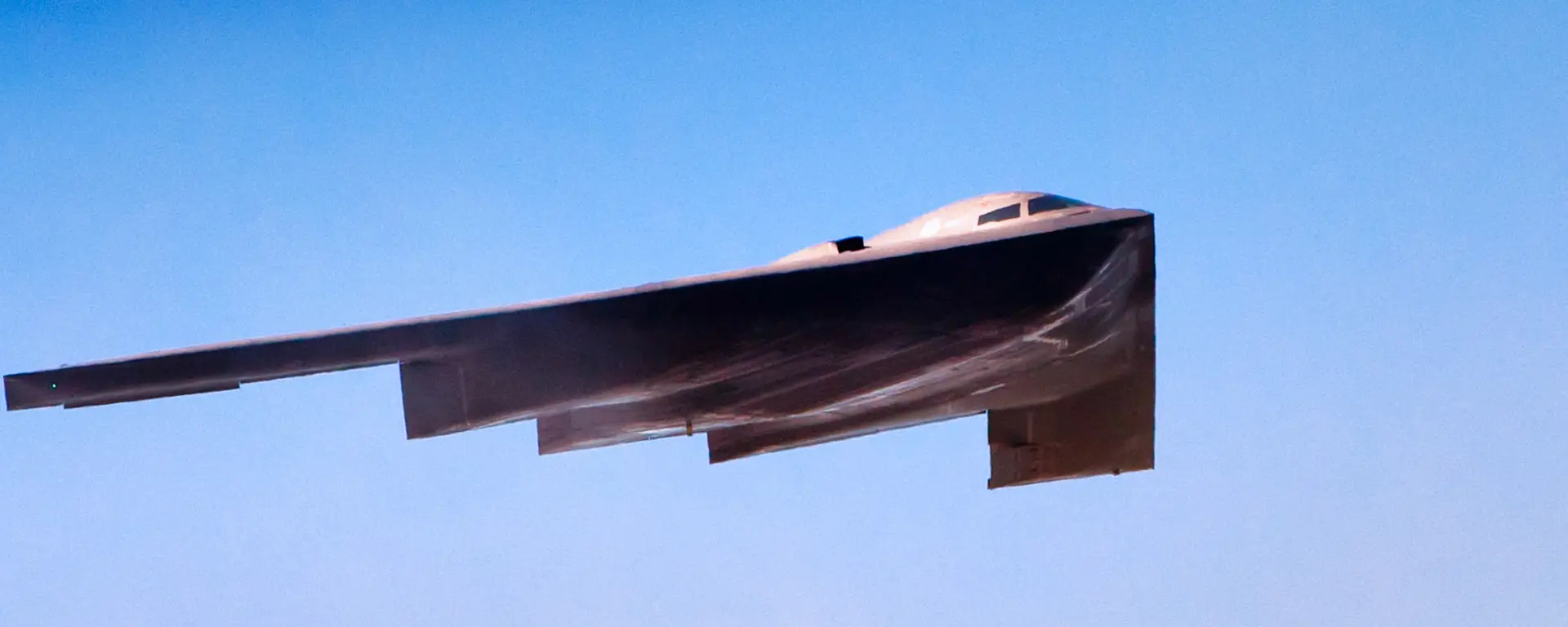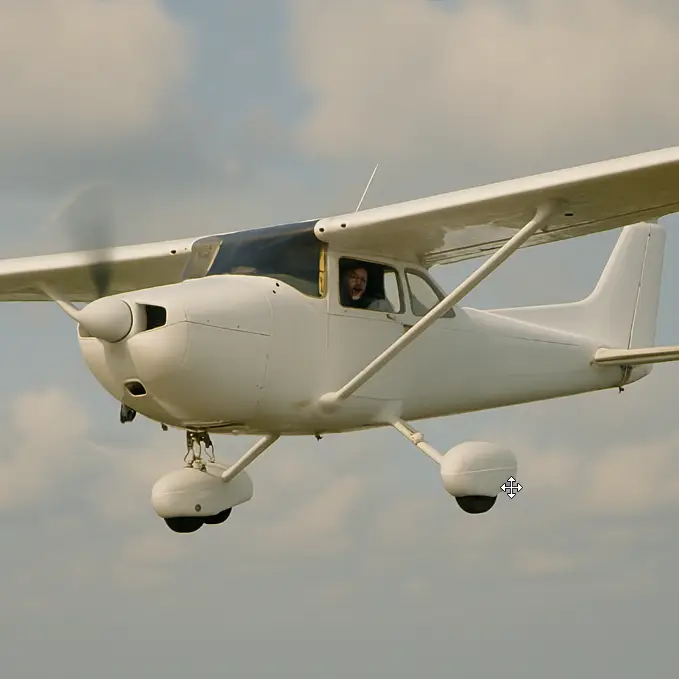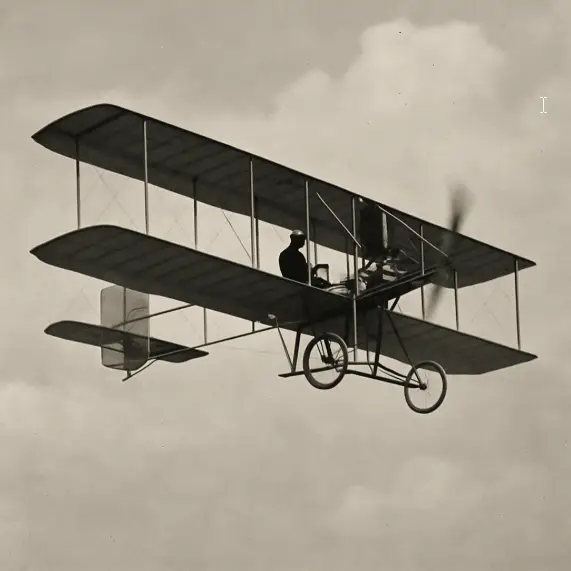Pressure Levels and Understanding True Altitude

- aviatorpro_6714
Navigating the skies requires precision and a deep understanding of various aviation concepts. Among these, understanding true altitude is crucial for every professional pilot. But what exactly is true altitude, and how do pressure levels play a role in determining it? This article will delve into these concepts and clarify their significance for aviators.
What is True Altitude?
True altitude is defined as the vertical distance of an aircraft above sea level. It is an essential measurement in aviation because it ensures that pilots maintain a safe distance above terrain and obstacles.
True altitude is different from indicated altitude, which is what the altimeter reads when adjusted to the local barometric pressure setting. While indicated altitude can vary with changes in atmospheric pressure, true altitude provides a more accurate representation of an aircraft’s position in relation to the earth’s surface.
Why is True Altitude Important?
True altitude is crucial for ensuring flight safety. It allows pilots to:
- Avoid collisions with terrain or obstacles.
- Navigate effectively through varying atmospheric conditions.
- Ensure compliance with air traffic control requirements.
By understanding true altitude, pilots can make informed decisions, especially during critical phases of flight such as takeoff, landing, and when flying over mountainous areas.
The Role of Pressure Levels
The atmosphere is a complex system where pressure decreases with altitude. Pressure levels are specific points in the atmosphere where the pressure is measured. In aviation, these levels are vital for determining an aircraft’s altitude.
How Pressure Levels Affect Altitude
As an aircraft ascends, the atmospheric pressure decreases. This decrease affects the altimeter, an instrument that measures altitude based on the surrounding air pressure. Pilots need to adjust the altimeter setting to account for changes in pressure to maintain an accurate reading of altitude.
Pilots use standard pressure settings, typically 29.92 inches of mercury (Hg) or 1013.25 millibars (hPa), when flying at higher altitudes. This standardized setting allows for uniformity in altitude reporting, which is critical for maintaining safe separation between aircraft.
Sea Level and Pressure Levels
Sea level is the reference point from which true altitude is measured. At sea level, the atmospheric pressure is highest. As altitude increases, the pressure drops. Understanding this relationship helps pilots adjust their instruments and accurately determine their altitude above sea level.
Calculating True Altitude
Determining true altitude involves more than just reading the altimeter. Pilots must consider variations in temperature and pressure. Here’s a simple way to understand the calculation:
- Indicated Altitude: The altitude shown on the altimeter when set to the local barometric pressure.
- Pressure Altitude: The altitude indicated when the altimeter is set to the standard pressure of 29.92 inches Hg. It is crucial for high-altitude flight and when transitioning to standard altimeter settings.
- Density Altitude: This is pressure altitude corrected for non-standard temperature. It’s essential for performance calculations as it affects engine power, lift, and drag.
- True Altitude: By adjusting the indicated altitude for non-standard pressure and temperature, pilots can determine true altitude.
Example Calculation
Consider a scenario where a pilot is flying at an indicated altitude of 10,000 feet with a local pressure setting of 30.12 inches Hg. The standard pressure is 29.92 inches Hg. The true altitude would be slightly higher than the indicated altitude due to the higher local pressure. Pilots use specific formulas or tools to make these adjustments accurately.
Common Challenges in Determining True Altitude
Despite the availability of advanced instruments, pilots can face challenges in accurately determining true altitude:
- Rapid Weather Changes: Sudden shifts in weather can lead to quick changes in pressure levels, requiring constant adjustments.
- Temperature Variations: Extreme temperatures can affect air density, leading to discrepancies in altitude readings.
- Instrument Errors: Mechanical issues or calibration errors can lead to incorrect altimeter readings.
Pilots must be vigilant and use their training to overcome these challenges, ensuring accurate altitude measurement.
Practical Tips for Pilots
To ensure accurate altitude readings, pilots should:
- Regularly Update Altimeter Settings: Especially during descent or when flying over long distances.
- Monitor Weather Conditions: Stay informed about pressure changes along the flight path.
- Use Redundancies: Employ backup instruments or systems to cross-check altitude readings.
- Understand Temperature Effects: Be aware of how temperature deviations from the standard can affect altitude.
Conclusion
Understanding true altitude and the role of pressure levels is fundamental for any professional pilot. These concepts are not just technical jargon but are critical for flight safety and efficiency. By mastering these elements, pilots can ensure they are flying safely, complying with air traffic regulations, and delivering passengers or cargo to their destinations without incident.
As the aviation industry continues to evolve, the principles of altitude measurement remain a cornerstone of pilot training and operational excellence. Whether you’re a seasoned aviator or an aspiring pilot, a solid grasp of true altitude and pressure levels will always be a valuable asset in your aviation toolkit.



